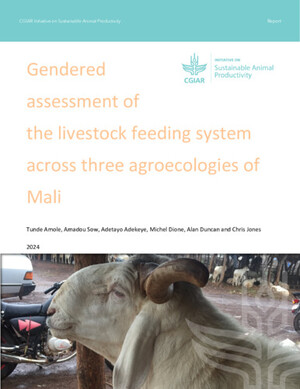
Ticks and their control
Abstract
This book chapter describes the most common control methods: the use of genetically resistant animals and the application of acaricides. Acaricides may be applied through dips, sprays or pour-on formulations as well as intra-ruminal boluses, ear tagscand footbaths. Resistance to acaricides is thecability in a strain of ticks to tolerate doses of acaricides that would prove lethal to most individuals in a normal population of the same species, and this is a major and growing problem. An anti-tick vaccine is commercially available for only a single tick species. Pasture management also has a role in integrated control. Each of these options would be about developing technologies, at best partial solutions to practical problems. As has been described above, a robust solution to the control of ticks and tickborne disease requires an understanding of tick distributions and economic impacts; the current and future effects of climate change; and the regulatory system and the production environment in which tick control is to be applied. ILRI has skills in all of these areas and a strong focus on at least one target group, the smallholder livestock farmer. Thus, ILRI has, in principle, not only the potential to develop new technologies but also the infrastructure and experience to facilitate their effective adoption.
Citation
Willadsen, P. 2020. Ticks and their control. IN: McIntire, J. and Grace, D. (eds.). The impact of the International Livestock Research Institute. Nairobi, Kenya: ILRI and Wallingford, UK: CABI: 366-386










